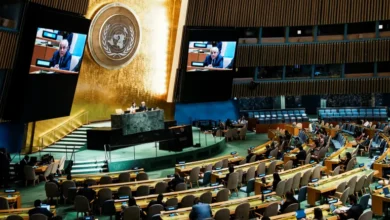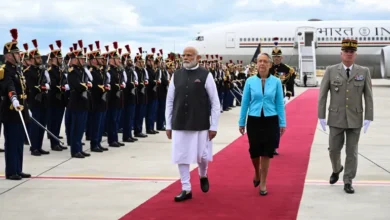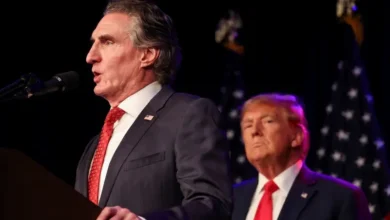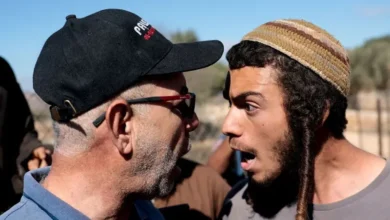How dubious YouTube ‘news’ channels are boosting Modi in India’s election
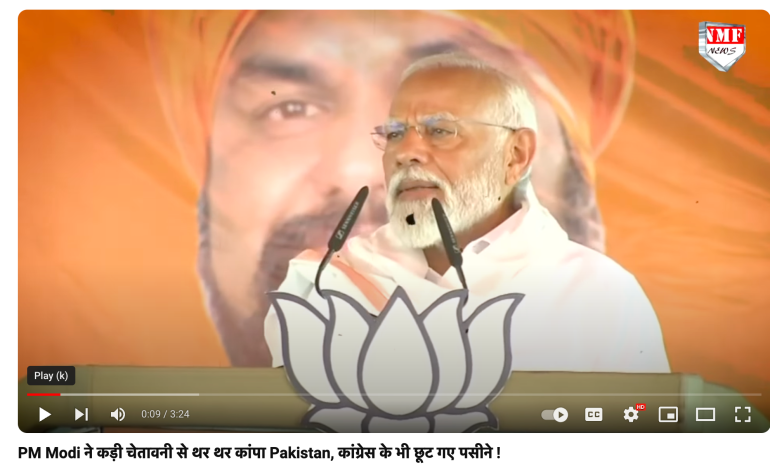
On one channel, a male journalist chastises an Indian Muslim man sympathetic with Palestinians, asking him: “Did you stand with Hindus when they suffered atrocities in Pakistan and Afghanistan?”
On another channel, a journalist gleefully asks a Muslim resident of the city of Ayodhya whether Muslims were happy that a Ram temple had come up on the site of a centuries-old mosque demolished by a Hindu nationalist mob.
A female anchor on yet another channel alleges that a conspiracy is afoot to make India’s southern state of Kerala an ‘Islamic State’, with the hub of this conspiracy being Wayanad, the parliamentary constituency of opposition leader Rahul Gandhi, quoting no evidence to substantiate her allegation.
India, with over 460 million users, is YouTube’s largest market, with four out of five internet users in India consuming its content. Increasingly, more and more Indians are getting their news from YouTube.
What is on offer, though, is not always news. Some of the most popular YouTube news channels in India are increasingly offering a smattering of disinformation and Islamophobia, often cheerleading Prime Minister Narendra Modi and his party, the Bharatiya Janata Party (BJP) while targeting its critics and opposition leaders.
While partisan YouTube influencers making political content in favour of either side of the political divide is a common phenomenon, what makes these channels unique is that they claim to be ‘news’ channels, ostensibly presenting fact-based reportage.
From mocking and attacking Modi’s rival politicians to peddling conspiracy theories about Muslims trying to harm Hindus, these channels often complement the BJP’s own campaign efforts.
These channels, though lesser known than mainstream news channels, have millions of viewers, giving them an outsized role in how the world’s largest democracy is consuming news as India prepares for its national election.
For instance, NMF News, which ranks among India’s top 100 YouTube news and politics channels, has over 18.2 million subscribers with over 8.1 billion views. Headlines India, with over 8.83 million subscribers has nearly 3 billion views; Rajdharma News, with its 3.2 million subscribers has nearly 0.9 billion views.
With such a wide reach, concerns around how such ‘news’ outlets might shape perceptions and opinions – especially in election season – are rising.
Studies have shown that Indians place greater trust in news they view on YouTube and WhatsApp, over news delivered by mainstream media outlets, even though many have warned of YouTube’s role in promoting disinformation. Already, the World Economic Forum’s 2024 Global Risk Report has concluded that the most severe risk India faces is the fallout from the spread of false information.
Most of these channels, surveyed for this piece, routinely stoked disinformation against Muslims, dissenters and critics of Modi and the BJP, in the guise of reporting ‘news’.
NMF News denied allegations of such a bias but insisted that it was the “fastest-growing” channel, which was “sometimes right-wing” in its approach, but was always “fact-based”, according to Pankaj Prasoon, the bureau chief of NMF News in the eastern Indian state of Jharkhand. Headlines India and Rajdharma News did not respond, despite repeated requests for comments over publicly listed emails.
Disinformation, propaganda
As election campaigning heats up in India, so too is the disinformation on these channels.
On March 13, NMF News published a three-minute-long report on its channel on one of India’s premier-most universities, the public-funded Jawaharlal Nehru University (JNU) in New Delhi. JNU has been in the cross-hairs of the Modi government owing to its left-leaning student politics, with it often being dubbed as an ‘anti-national’ space by many Modi supporters.
NMF’s news report, titled ‘No More Sloganeering in the Anti-National Hub of JNU’, rehashes and echoes this political rhetoric. It laments how the university had, over time, become “the hub of antinational activities”, attributing it to “the rapid spread of leftist thought”, before going on to plug an upcoming film titled JNU, which depicts the politics on campus and has a revealing tagline: “Can One Educational University Break the Nation?”
Another story is titled Amit Shah’s Solid Action Leaves Rahul In Shivers, with a thumbnail image of close Modi aide and Home Minister Amit Shah, while Rahul Gandhi is shown with folded hands. Yet another video mocks Gandhi over his recent journey crisscrossing the country to meet supporters.
Diminish critics
NMF is not alone. A study done by Narrative Research Lab, a New Delhi-based data lab that uses artificial intelligence (AI) to track print media and social media content, analysed the content across six channels – NMF, Rajdharma, Headlines India, Shining India, Capital TV and O News Hindi – and found that coverage of India’s opposition parties was muted and its leaders were rendered almost invisible. In contrast, Modi and the BJP loomed large, their coverage almost always glowing.
The lab analysed 2,747 videos published by these channels between December 22, 2023, and March 22, 2024. In their findings, the lab found that across all the channels, some of the most frequently used words in the titles were “Modi”, “BJP” and “Yogi”, referring to the hardline BJP chief minister of Uttar Pradesh state, Yogi Adityanath, while mentions of opposition parties and leaders were used scarcely.
A “sentiment analysis” by the lab found that while “Modi” was used commonly across videos that had both negative and positive sentiments, references to India’s opposition figures like Gandhi mostly emerged in negative phrases.
Sundeep Narwani, the co-founder of the Narrative Research Lab, said these channels served a useful purpose as “vehicles” for negative targeting.
“These channels have become easy ways of targeting Modi’s critics and opposition leaders,” Narwani said. “Often, political parties might not want to engage in such negative targeting, so such channels become easy vehicles to do so.”
Independent journalist Neel Madhav, who co-authored an award-winning investigation into the functioning of these channels for the New Delhi-based Caravan magazine, said many of these channels were “an integral part” of the BJP’s social media messaging.
“Very often, BJP social media handles post videos from these channels,” he said. “In addition, BJP sympathisers use the party’s social media apparatus to disseminate these videos among their cadres,” he said, thereby helping the channels amplify their reach and, as a result, generate revenue from clicks and views.
At least four of these channels – Rajdharma News, Headlines India, Shining India and Capital TV – were provided access to interview Chief Minister Adityanath in the run-up to the Uttar Pradesh state elections in 2022.
Stoking Islamophobia
Routinely, these channels amplify Islamophobic sentiments and use anti-Muslim tropes.
Days before Modi consecrated a temple to the Hindu god Ram in Ayodhya, built on the site of a centuries-old mosque demolished by a mob of Hindu nationalists in 1992, a reporter from Rajdharma News interviewed Muslims near the site with leading questions.
“People are saying Muslims are very happy about the temple being constructed and that they will celebrate its consecration like it is Diwali. Is that true?” the reporter asked, referring to the popular Hindu festival.
